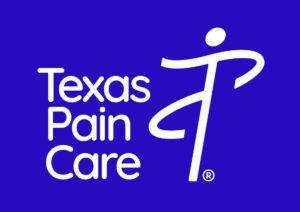
Hands and wrists are meant to be used, right? Right! But then don’t be surprised that they’ll be tired. For those of us who spend 9-to-5 on our computers, typing away at our keyboard, or those who spend the same amount of time driving, lifting, stacking or swiping, we know all too well about the trials of overworking our hands and wrists.






